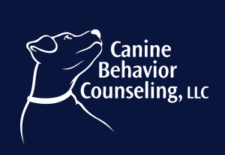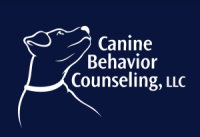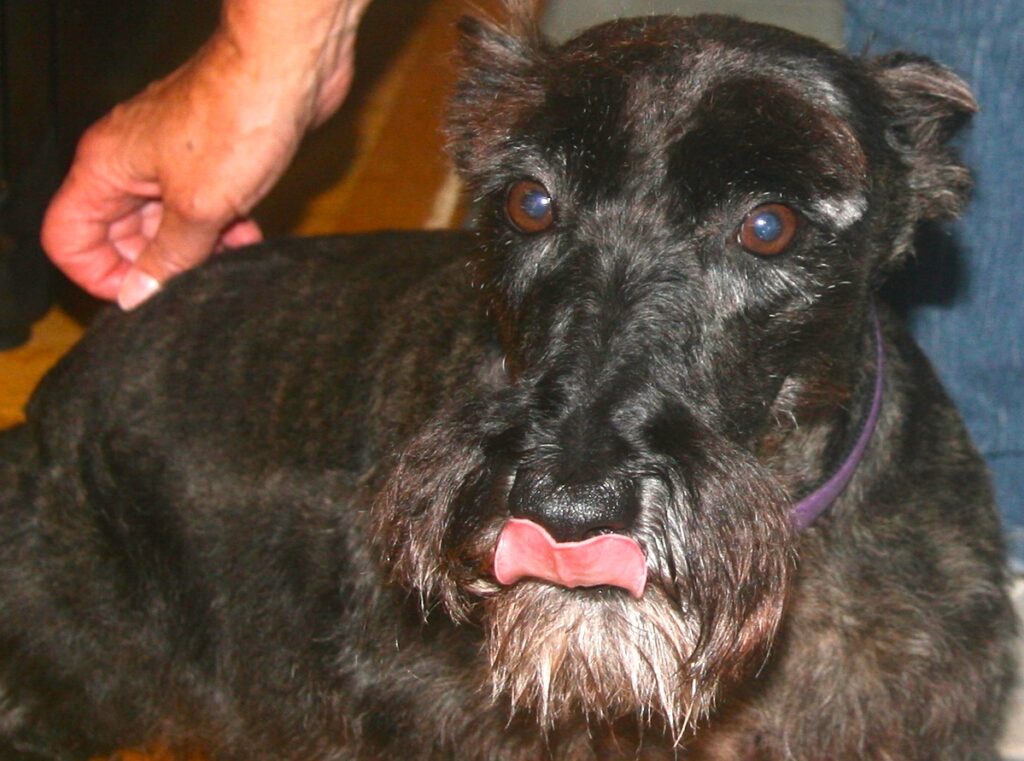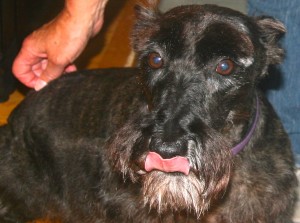
Most humans are comfortable greeting others by stretching out their hands, and making direct eye contact. As a result, humans often interact with dogs in human ways, including but not limited to, quick hand movements, forward social pressure, leaning over, staring directly at the dog and sadly, reaching out. Haptic communication is a branch of nonverbal communication that refers to the ways in which people and animals communicate, and interact via the sense of touch. Again, it is normal for humans, but rude and scary for many dogs.
Most dog owners want a dog that will willingly accept being petted, even by complete strangers. When children are involved this is even more extreme, with dogs enduring fingers in their mouths, ears and eyes. It is true most dogs are social and do love a good scratch, let’s just not assume they like it from a stranger. Touching a dog should only be done if the dog chooses to make contact with the person, avoid approaching dogs and DO NOT reach your hand out to let them smell you. Seriously, I can think of several dogs that have bitten, specifically when a stranger reached out.
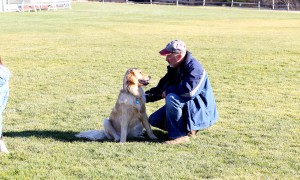
I suggest you ask your dog and see how he or she feels about being touched by you or a friend. Call your dog into your space and begin to pet her with two hands for just a few seconds, then stop and lean a bit away. If your dog moves away just a bit or shakes off, then your dog is telling you that at this moment, in this environment, that touching was not very rewarding. If however, your dog leans into you and asks for more touching, then your dog finds this interaction rewarding. Watch your dogs body language in different environments, and he will tell you how he feels about the hand that is coming closer to him.
Old School training would have told you to hold your dog down for growling or snapping at a friend. This use of force will only increase the dogs fear and will break his trust in you completely. Fearful dogs that are handled with force often get worse over time, and their behavior can escalate to a point that people think euthanasia is the only solution.
Fortunately, there are steps for changing how your dog feels about being touched. Please note, if your dog is showing severe aggressive signs, or has bitten already, contact a behavioral specialist for professional help. To teach our dogs to be comfortable with body handling, I recommend you use a traditional counter-conditioning/desensitization program (CC/DS). While each program is unique to each dog, here are some general and important things to know about CC/DS.
-
My Experience: Not all dogs feel relaxed with a human hand coming at them. My own dog growled at my children for about three years before he learned to trust them when they were petting him with one hand. In addition, my scottie nipped many hands as strangers would reach out to touch her. Both rescue dogs took over a year to learn to tolerate being touched by a strangers and much longer to enjoy it.
- Take it Slow: It is critical that you never push the dog to the point of being scared or stressed. Because of this we can only ever move as fast as the dog will let us. Yes, the dog sets the pace. Depending on the severity of the dog’s anxiety around being touched, this process may take as little as a week or as long as several months. For dogs that have a history of getting defensive or aggressive when touched, you will want to go even slower to prevent your dog from getting overwhelmed and snapping.
- Have a Plan: It is a good idea to write out the steps you plan to take for the CC/DS program. This will help you be sure to move very slowly, and not try to skip steps that your dog may not be ready to skip. You can change the plan as you go, either taking more or less time depending on your dog’s response.
- Make it fun: For this systematic desensitization program to work, you must always stay below a dogs “threshold” — this is the point where your dogs fear is so high, he is shutting off the thinking part of his brain. In order for this not to happen, you must stop if your dog begins to show signs of anxiety or fear. Just because your dog is not trembling or fighting to get away does not mean he is completely relaxed about the process. If your dog panics, shows signs of significant stress or anxiety, does not recover quickly or refuses to eat, you have moved too fast and need to go back to the previous step and increase more slowly.
- Lets Talk: Your dog relies on you to be able to read his body language to tell when he is feeling relaxed, and when he is feeling stressed.
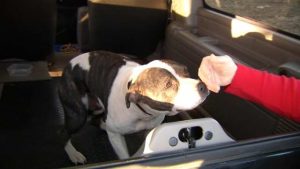
a) Signs of relaxation: a relaxed body posture, relaxed open mouth, slow relaxed panting, slow, loose wagging tail, readily responds to petting and talking from owners, readily accepts treats and remains loose jointed.
b) Signs of stress: rapid panting (when not hot), drooling, shaking, yawning, “shaking off” as if wet, lifting a front paw while leaning away, licking lips often, sniffing at the ground, whining or growling, hesitant to take the treat or takes it very roughly.
Other elements of this training:
- Timing is critical, the timing of your treat delivery can mean the difference between success and failure with your CC/DS program. Your dog should be happily snacking the entire time your friend or groomer is touching him, as soon as they stop petting, the treats should disappear. This will allow for your dog to easily make the association that handling means yummy treats, no handling means the yummy treats go away. Make sure to pause several seconds in between each treat delivery/body handling episode before starting again, this will allow the message of “hands = good food” to really sink in. This sounds easier than it is, you will need to practice to set your dog up for success.
- Pay for petting is a method I like to use to change a dogs association to being touched. This is great for dogs that have nipped a hand that came at them. Start with someone the dogs knows well, they pet the dog under the chin, then feed a treat. Pet the dog on the side of his face and over his eyes, then feed a treat, look in each ear then feed a treat. Repeat this process while increasing the time you are petting or the body part you are touching. Repeat over and over using the dogs meals so that a hand coming at his face is not scary anymore.
- To help you see the process here is a video: Body Handling Conditioning Diego
- Make sure to use high-value treats (ideally that your dog doesn’t get for any other reason) such as boiled chicken breast, liverwurst or cheese. The higher value the food items, the faster the positive association will be made. You can also use a longer lasting treat such as a Kong, hollow sterile bone or Dixie cup filled with peanut butter or squeeze cheese. If using something like this, hold the container right up to your dog’s face the entire time you are handling his body and remove it as soon as the handling stops.
- Frequent training sessions of about ten minutes, rather than trying to do a long body handling session is best. Remember, you are trying to take it slow and make it fun for your dog.
The Time Line at which you get through this conditioning depends on how stressed or anxious your dog is as well as how quickly he or she rebounds. Some dogs change very quickly and begin to seek out touch. While others do not seem to be able to change and need this conditioning with every new person they meet for many years. The end goal is not for your dog to seek out every hand, but to feel relaxed when a hand comes at him. When this program is done correctly, your dog will begin to associate a hand coming at him as a source of good things. Because you use high value treats, your dog might even begin to drool rather than growl.
Tip: During this desensitization training period it is important to avoid putting your dog in a situation where he might bite or snap. Exposing your dog to the scary situation while trying to counter-condition him, is going to slow your progress.
